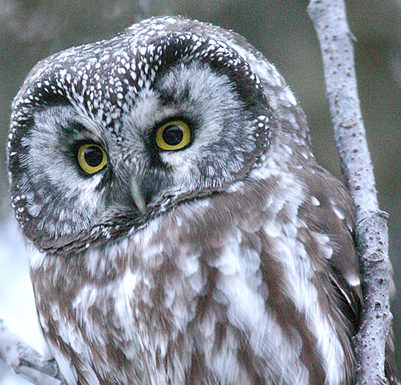
Last year, when our district decided to roll out one Next Generation “mini” unit per grade level for K-5, we decided to design the mini units ourselves. We figured, how hard could it be? We were already teaching a lot of the content, we could “next gen” what we were basically already doing by adding models, introducing phenomena, and adding some strong questioning techniques. In some ways, it’s been easier than we thought, but in many ways, a lot harder.
One of the toughest things was adjusting to the idea that we’d no longer be dedicating whole units to the study of particular animals. For example, when we built our grade 4 unit on internal and external structures, we figured we could keep one of our favorite grade 4 activities, dissecting owl pellets, as part of the new unit. After all, the parts of the owl’s external structure (eyes, feathers, talons, etc) and internal structure (digestive system) that we would be studying all support the animal’s survival, growth, and behavior. We’d continue to use zSpace virtual technology to investigate the owl’s internal structure, with literature and non-fiction resources to explore the external structure. The phenomenon was the owl pellet – how cool! Easy. We’d done it before.
As it turned out, using an animal we’d already taught made things both easy and hard. We’d done it before, but in many ways making significant changes to something we’d already done with different goals, was harder than starting from scratch. We used to refer to this section of our curriculum as the “owl pellet” unit. Our old assessments contained specific questions about owls and owl pellets. Keeping these great activities and resources made it difficult for us to let go of the idea of an “owl pellet unit” and embrace the idea of an “Internal Structures and Functions” unit where the owl pellet would simply be the phenomenon that allowed the students access to the core concepts of structure and function. No longer could we expect our students to simply become experts on owls – we needed them to become thinkers and investigators who would be able to generalize from their study of owls to structure and function of all animals. That’s a big leap, and in our first year, we didn’t completely make it.
Later in the unit, while introducing structure and function of plants, we encountered a very different challenge. We’d decided to introduce a plant we never had our 4th graders examine before – moss. It seemed like a good choice – there was lots of it available outside, and we could peel it right up and bring it into the classrooms when we were ready. And, we’d be investigating something new. There was only one glitch – it snowed right before this section of the unit, and the snow lasted! This little miscalculation set us back a week!
Ultimately, did we succeed with our first try at a next-generation science unit? In some ways yes – for example, the students got comfortable with the idea of drawing models, and the thinking expressed in the student models definitely got deeper as the unit progressed. The students loved the unit. How awesome is it to have students so excited and interested in their work each day? As elementary teachers, that is the best part of our job. But – do our students now have a better understanding of generalized structure and function in animals and plants? I’m not sure. In the end, they knew a lot about owls and moss, which was not the goal. But, we’re learning! We may have had mixed results this time, but we’re still evaluating and thinking about changes for next year.

